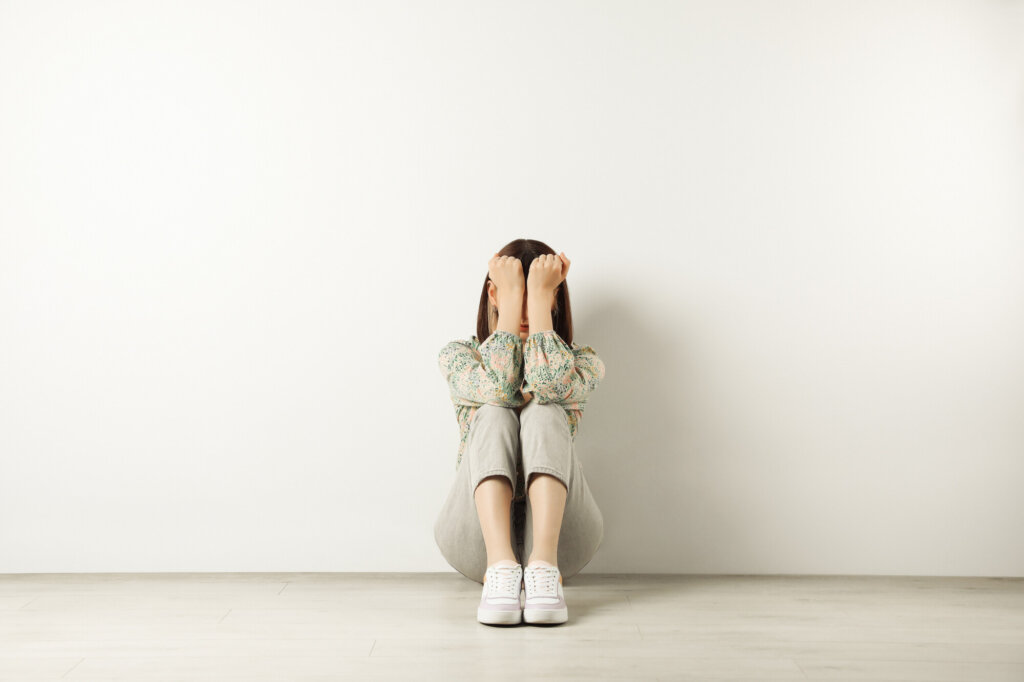Understanding the Relationship Between Mainstream Porn Images and Child Sexual Abuse Images
Over the last two decades, there has been an increase in images of young-looking female performers on mainstream porn sites. Culture Reframed Founder & CEO Gail Dines presented a session about the relationship between mainstream porn images and child sexual abuse images during Culture Reframed’s virtual conference, The Impact of Pornography on Young People: Research, Practice, and Solutions.
Dines said that on mainstream porn sites, images of youthful-looking women are never called child pornography. Most of the images are found in the category “Teen Porn,” and the tags associated with this category, such as Step-Daddy, Step-Daughter, Cheerleader, Babysitter, and Solo Female. Together this category and its tags add up to half a million videos on Pornhub, far surpassing the second largest category, Amateur. “If you add all of these up, you see that the most popular categories on PornHub and on all the other sites are anything that carries young-looking females,” Dines said.
While a search for child pornography on these mainstream porn sites will provide a warning of its illegality, because there is almost no monitoring, there is no way to confirm whether the young-looking females in the sites’ “teen” and other such categories are over 18. Dines said in addition, many of these videos use child-like elements, such as rooms decorated with Disney characters or the use of pigtails or bobby socks.
“The role of child-ified images of mainstream porn sites is to construct a reality for the user, that he is indeed masturbating to images of real child sexual abuse,” Dines said. “So whether they’re 18 or not is secondary to the narrative that the porn industry constructs to show that, in fact, she’s a child.”
Many of the video titles and descriptions also amplify the power differential between males and females and seek to portray that they depict the loss of virginity or first-time sexual encounters. All of this has real-life consequences for boys, men and children. Adolescent boys are one of the major consumers of child-ified images. Research suggests that viewing these and other pornographic videos has a relationship with problematic sexual behavior and the viewing of child sex abuse images.
Boys who intentionally sought out porn are six times more likely to self-report sexually aggressive behavior, more likely to want to try out what they’ve seen, more likely to sexually harass, and 3.3 times more likely to engage in problematic sexual behaviors. In addition, clinical experience and research evidence are now accumulating to suggest that the internet is not simply drawing attention to those with existing pedophilic interests but is contributing to the crystallization of those interests in people with no explicit sexual interest in children.
Essentially, Dines said as porn users get bored and seek more extreme pornographic videos, their attention is drawn to these child-ified videos, in some cases leading to the viewing of child sexual abuse videos and actual child sex abuse. “This expands the number of men who will rape children and the number of children who will be at risk of being raped,” Dines said.
Watch the full presentation here:
Related Content:

